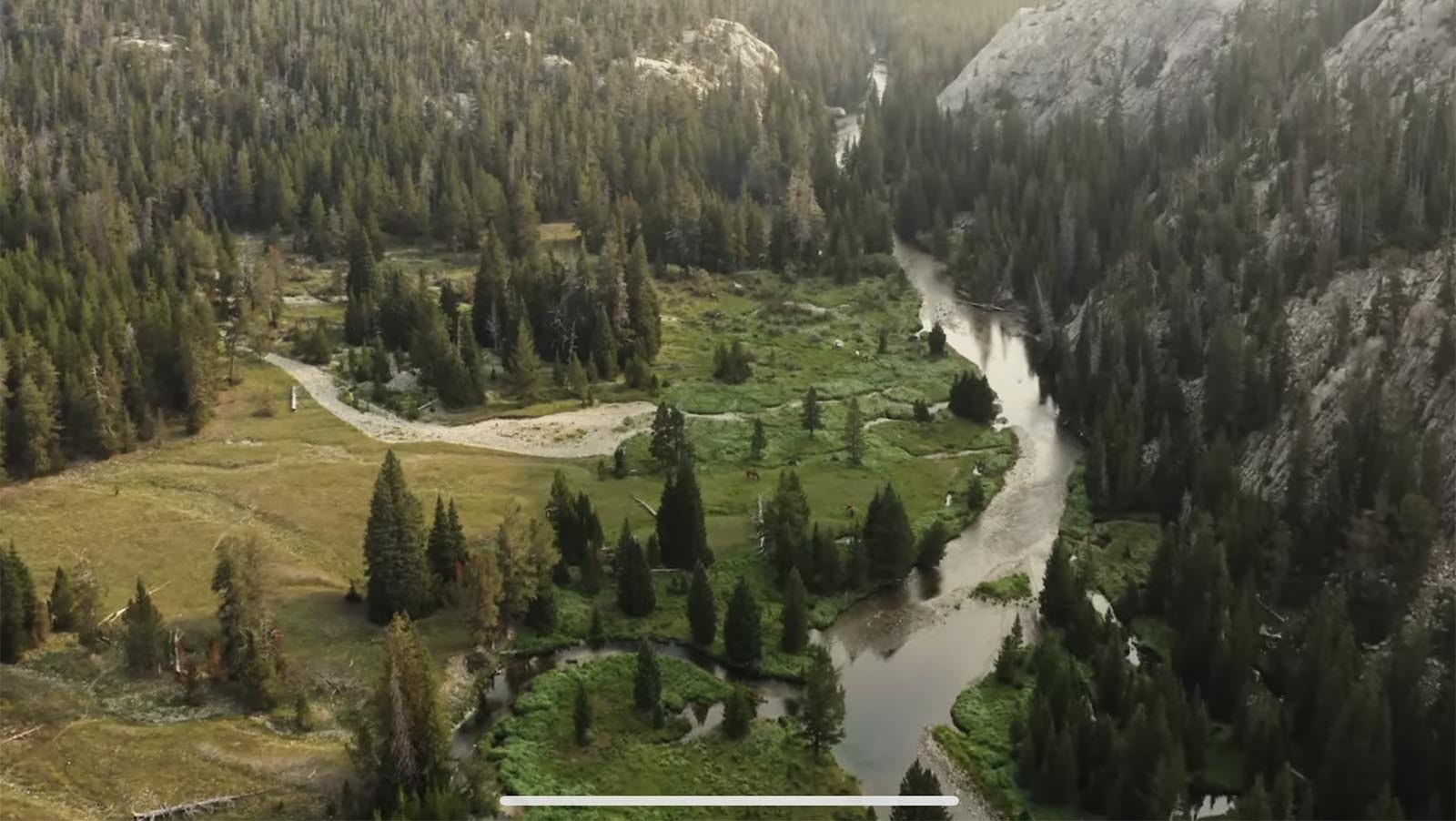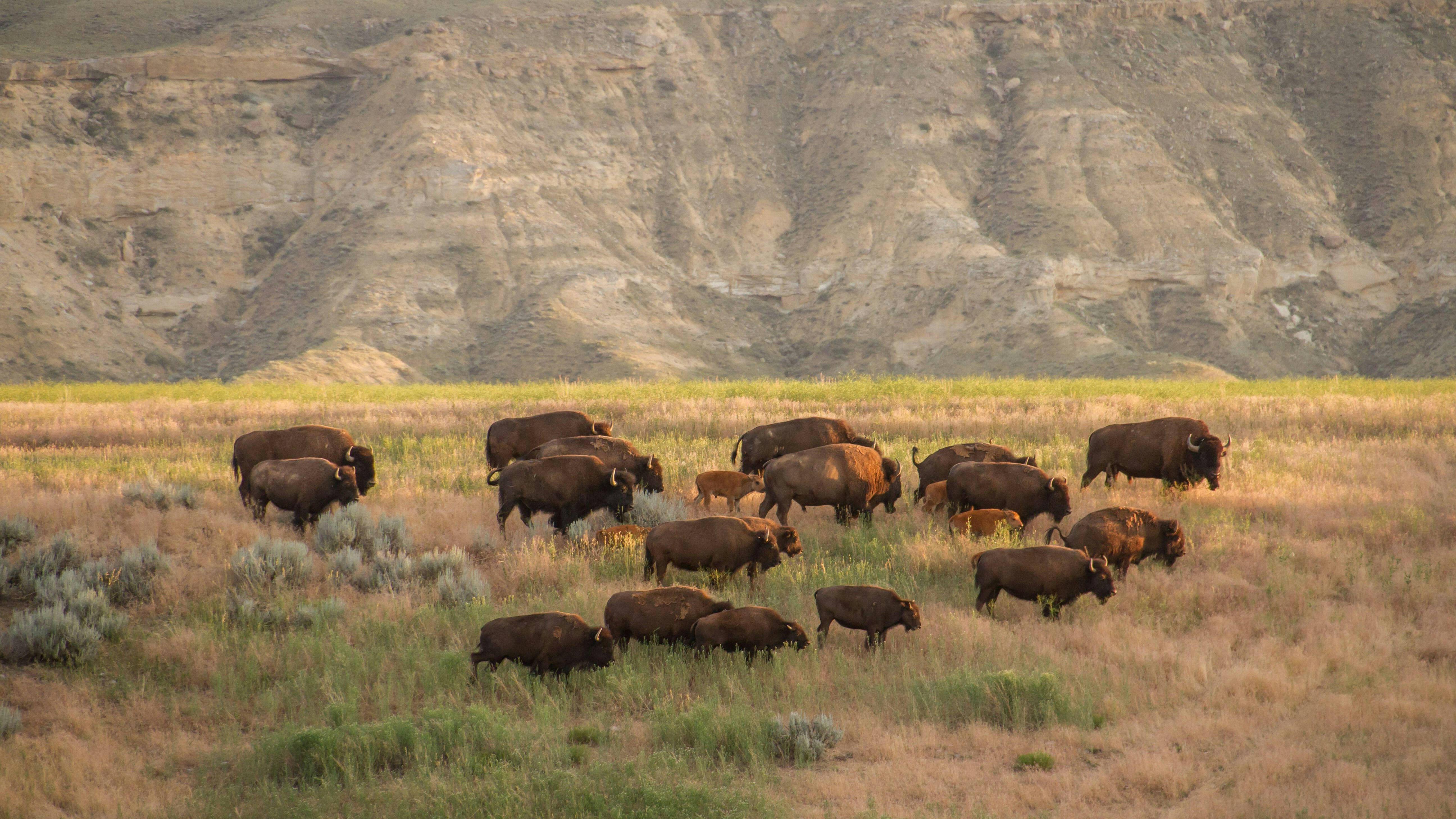By Wendy Corr, Cowboy State Daily
Wes Martel is on a mission.
In his role as the Wind River Conservation Associate with the Greater Yellowstone Coalition (GYC), Martel serves almost as an intermediary between Native American tribes and local governments, representing tribal interests in a society that has for generations overlooked native rights.
But Martel, a member of the Eastern Shoshone Tribe, is getting an assist from a film series touring the region.
“Tribal Waters,” a film produced by Teton Gravity Research and presented in partnership with Patagonia, tackles the issue of water rights that are legally owned by Native American tribes but that have been usurped by local and state governments.
The GYC is hosting screenings throughout the Yellowstone region with events that include remarks and Q&A segments from experts like Martel.
“Out of the 576 federally recognized tribes, there’s only about three dozen tribes that have done anything with their water rights,” Martel told Cowboy State Daily at a recent event in Cody. “So there are still about 540 tribes that have done nothing to lay a claim or foundation for their water.”
‘Tribal Waters‘
The documentary tells the story of water management practices on the Wind River Reservation, which are largely tied to Diversion Dam.
The dam diverts much of the water from the Wind River off the reservation, which itself comprises about 2.2 million acres, roughly the same size as Yellowstone National Park.
“We have 265 Lakes, 108 miles of rivers, streams and wetlands, geothermal springs,” said Martel of the reservation. “I like to refer to us as the ‘Indigenous Yellowstone.’”
The land around the Wind River has been home to the Eastern Shoshone and Northern Arapahoe tribes for more than 10,000 years, and the river is central to the tribes’ ways of life, customs and histories.
“The habitat along the rivers are very critical for the health and wellbeing of tribal people,” said Martel. “We have a lot of medicines and plants and foods that we utilize in our daily activities and in our ceremonies and lodges.
“And so that’s really what we want to try to instill in our young people as we regain that respect we have for the land.”
But the Wind River isn’t the only region in which Native Americans are seeing their legacy literally draining away.
“All over the western United States, Indian water rights are being allocated and utilized,” said Martel.

Starting the Conversation
Scott Christensen, executive director for the GYC, said the film series opens the door for conversation with residents and local leadership throughout the Yellowstone region about the role the Eastern Shoshone and Northern Arapahoe tribes can play in preserving the Wind River waterway in central Wyoming.
“There are so many people who live in Wyoming who are just unaware that there’s a dam on the Wind River that pushes most of that water off reservation,” said Christensen. “And that dam was built with $77 million that was supposed to benefit the two tribes at the reservation, but of course never really did.”
Christensen explained that the water from the river is used to grow crops all over the region, both on and the reservation, which means there’s some tension between interests that would keep water in the river versus diverting it into a canal.
“I think the tribes would tell you, and we would agree with them, that there’s a way to do both,” said Christensen. “But it’s going to require different interests coming to the table, working together, trying to figure out how to reengineer that system and come up with a better solution that benefits all the different people and players that are involved.”

Power To The People
Martel believes water is the key to giving tribes political and economic power that they’ve never realized.
“But they’ve got to do it right,” he said. “I mean, you’ve got to have good policies, laws, regulation standards, and you need to understand your treaty.”
Martel said the scientific and technical data backs up the tribes’ position.
“The art of the deal is how do we make sure that our elders and our young people understand the importance of water to Wind River?” he said. “How do we use our land and our water and our energy to start diversifying our economy and strengthening our families and communities and start doing things for ourselves?”
“When our ancestors signed the treaties, they were trying to protect our way of life,” Martel pointed out. “And that’s all I’m trying to do.”
Martel explained that because of the sovereignty allowed in their treaties, tribes have more leeway to control their environment.
“We can have higher standards in air quality and water quality than under state and federal governments,” he said. “And so we can adopt our own laws and policies and figure out how we want to control and manage and protect our resources.”
Greater Yellowstone Coalition
The mission of the GYC is to work with people to conserve the land, water and wildlife in the greater Yellowstone ecosystem, Christensen said.
In this case, he said the organization’s goal is to raise awareness for residents in the region about the tribes’ right to water from the Wind River.
“We’re working with the two tribes in partnership to try and restore the Wind River and turn it back into the amazing fishery that it used to be and support the tribes’ interest in ancestral foods, food sovereignty, and reconnecting with that river itself,” Christensen told Cowboy State Daily.
But the conservation nonprofit – which is headquartered in Bozeman, Montana, but has offices in Driggs, Idaho; Jackson, Lander and Cody in Wyoming; as well as Fort Washakie on the Wind River Reservation – is working with the tribes on more than just this water rights issue. Christensen said the GYC supports the Eastern Shoshone and Northern Arapahoe as they work to restore small herds of buffalo on the Wind River reservation.
“Each tribe down there has a small herd of buffalo that they are hoping to expand and grow over time,” he said. “It’s kind of a new area of work for us. We frame it through this lens of partnership with the tribes and trying to learn from them about what their interests are, and how we can help support them.”





